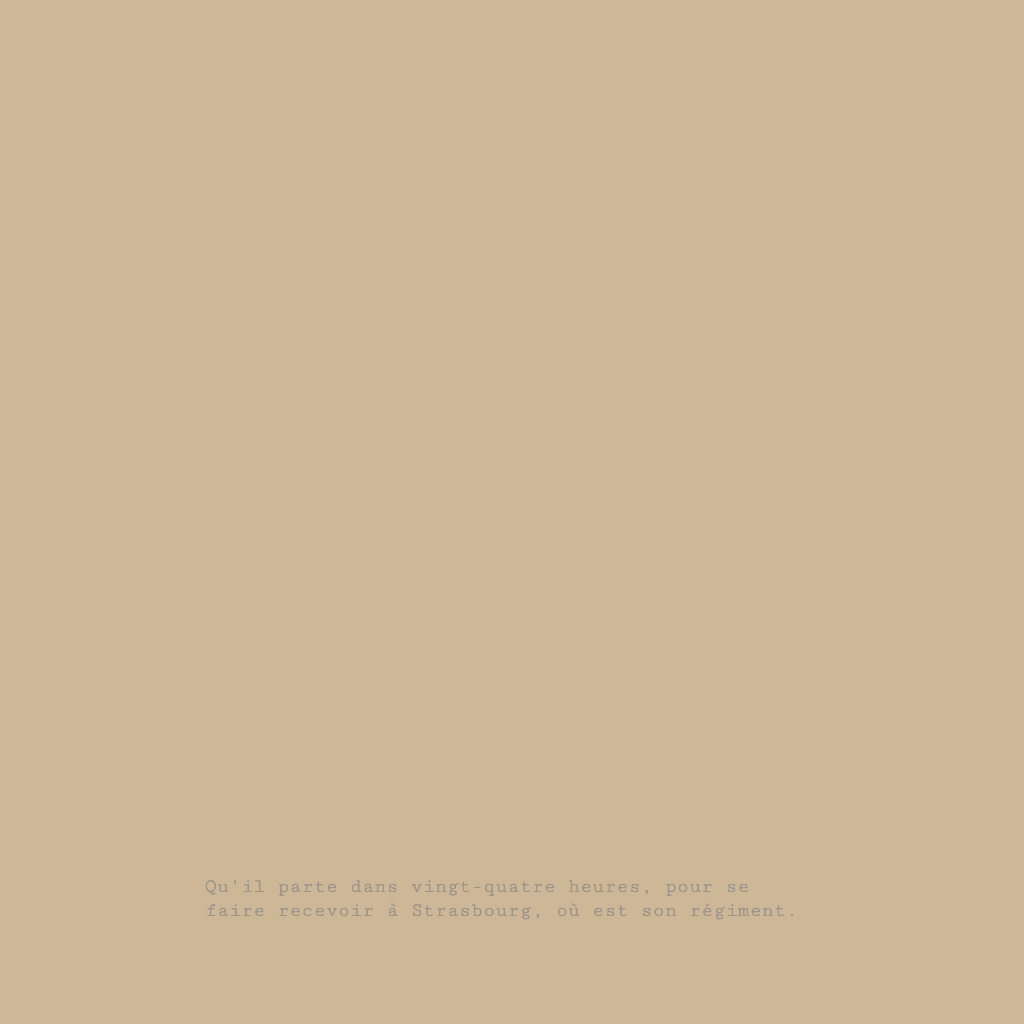Stendhal
Generative data artwork on chain
London, February 2022
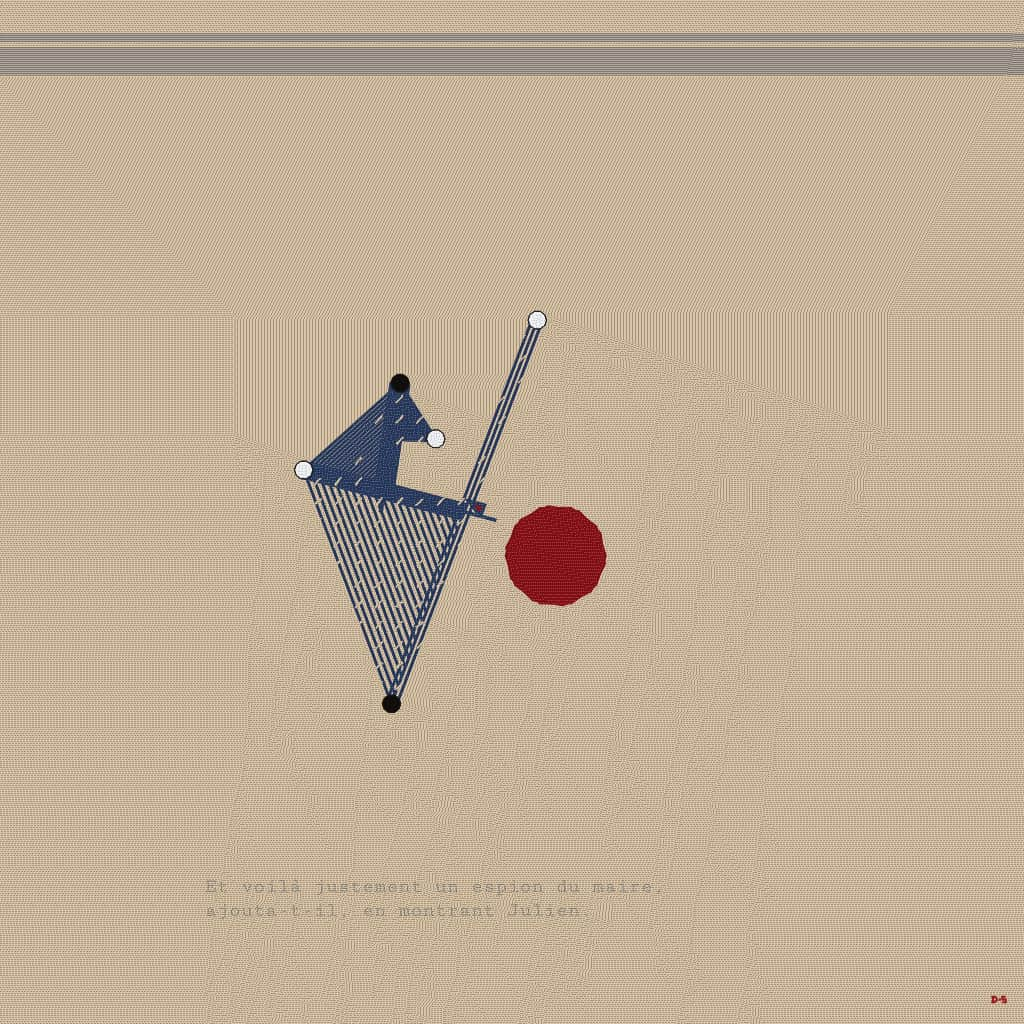
Description
“Stendhal” is a data-art piece that smells like an old book. It embodies the feeble balance of rigidity and instability Julien Sorel - the main character from “Le Rouge et le Noir” - is going through: oscillating between hope and despair, living a fulfilled romantic passion while flouting the rules, extricating himself from his modest condition and defying the dominant classism of the time.
The winding geometry’s angle and its base ascent are respectively driven by sampling a sentence from the book and by performing a sentiment analysis on it.
“Stendhal” is built on top of the Canvas API with the visual programming tool Nodes.
It lives primarily on the tezos blockchain via the fxhash platform as an edition of 256 tokens at a 1024x1024 resolution.
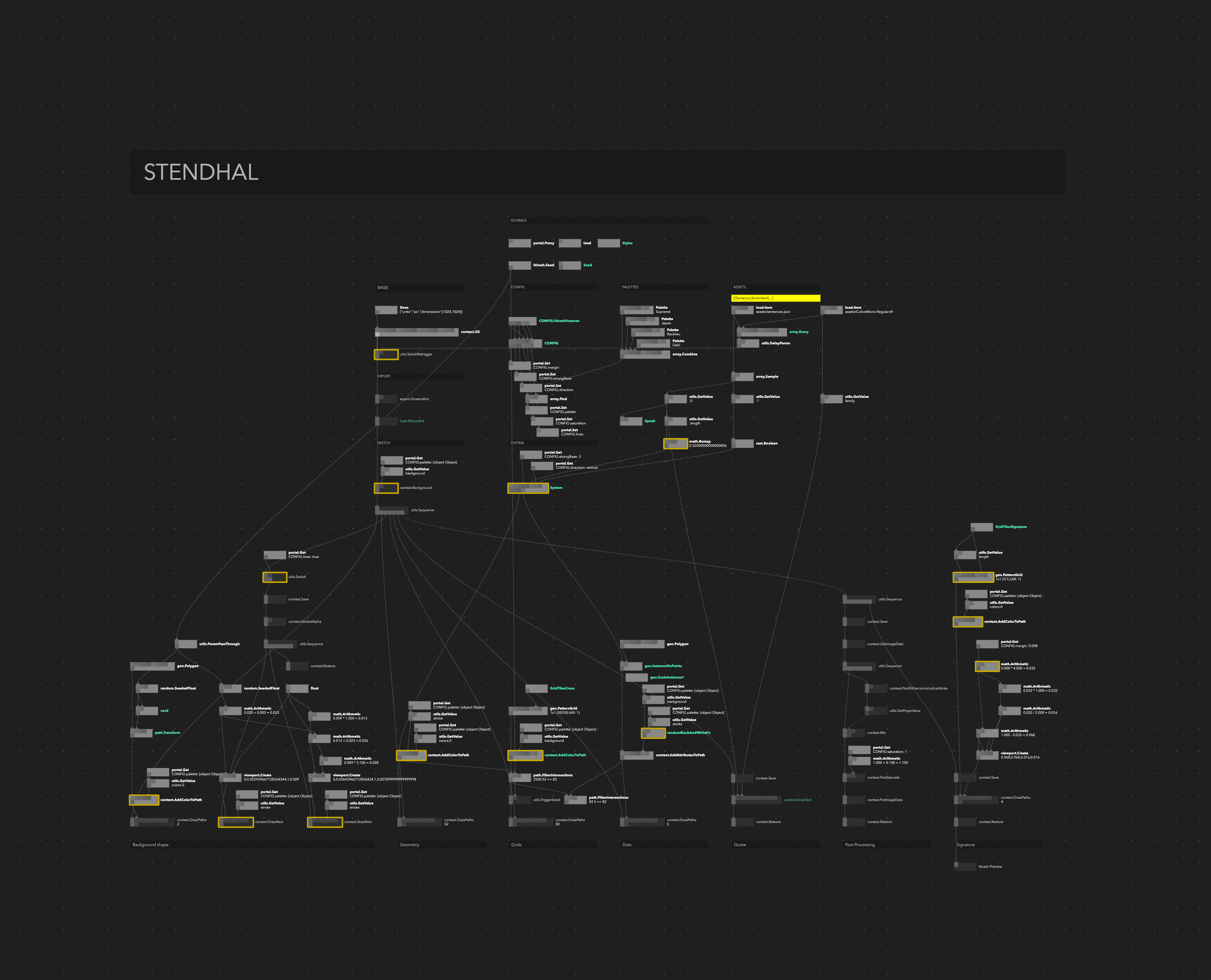
Process
Data
Data-art uses any kind of information as a vector for controlling an artistic output.
In “Stendhal”, the data is the text from “Le Rouge et le Noir”. I use a subset of its sentences based on their length as dataset. The sentiment analysis returns a positive or negative intention and is precomputed for performance and optimisation reasons.
The data-art manifests itself in “Stendhal” on the main geometry’s construction. The data-source is also explicit with the sentence written directly on the canvas.
Here is a link to the material for a good read: https://www.gutenberg.org/ebooks/798
Geometry
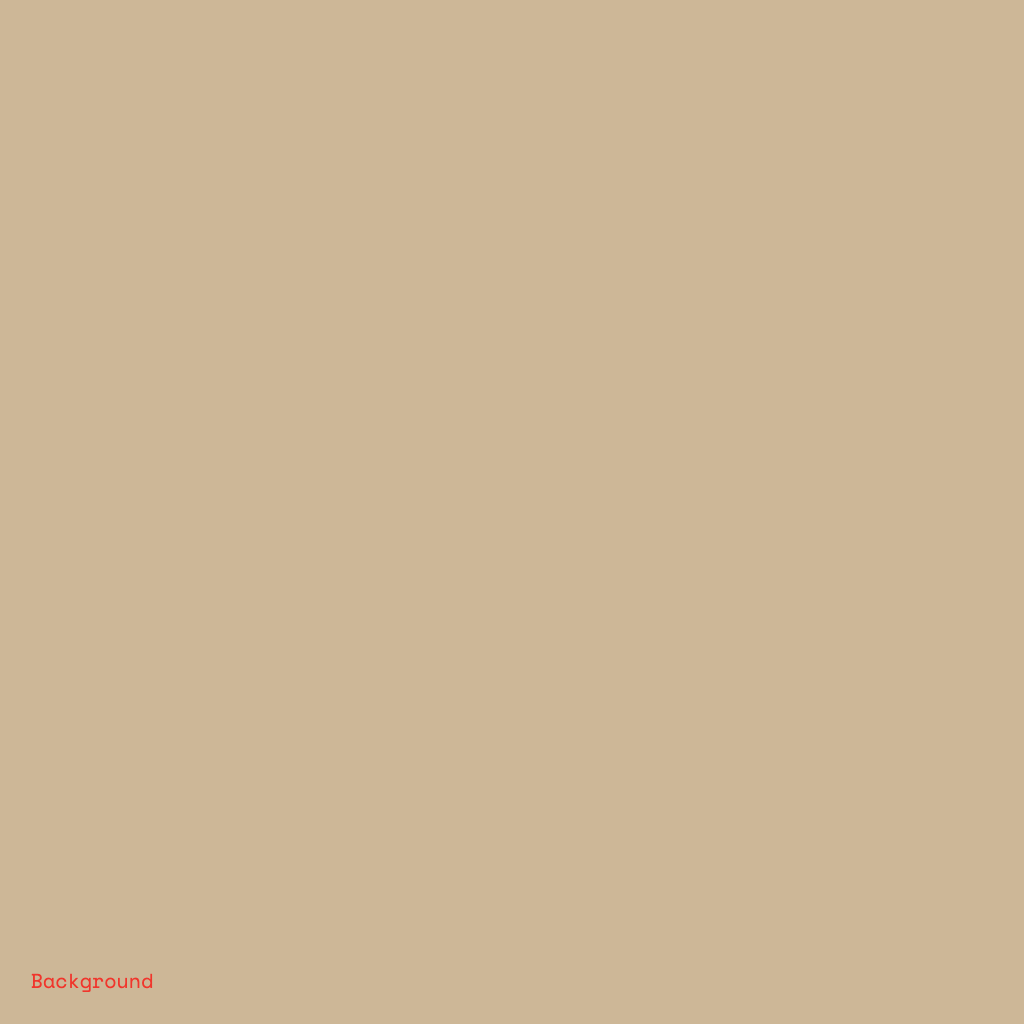
The sentiment analysis controls the geometry’s base line: in case of a positive sentence, the line will ascend in the sense that the left point be lower than the right. Pseudo-randomness is then responsible for adding one or two parallel line(s) to the base in order to hint at the book’s main character entredeux.
To build on this unstable balance (oxymoron intended), the midpoint of the segment is used to draw another segment at a small angle away from the right angle. The process is recursive with 3 repetitions differentiated by line length and thickness. Each repeated segments is also anchored to the rest of the geometry by two elements:
- black and white dots at the segment extremities
- parallel lines with stitches drawn from one side of the segment towards the previous segment
All of it is laid out on an unicolor background.
Since “Stendhal” is thought as a long-form generative art piece, the “Rouge” dot always ends up at different distances against the main structure in place (the XIXº century French class society). In the context of the piece’s ensemble, each iteration represents the constant oscillation and inner conflict of Julien Sorel between his modest origins and his ambitions.
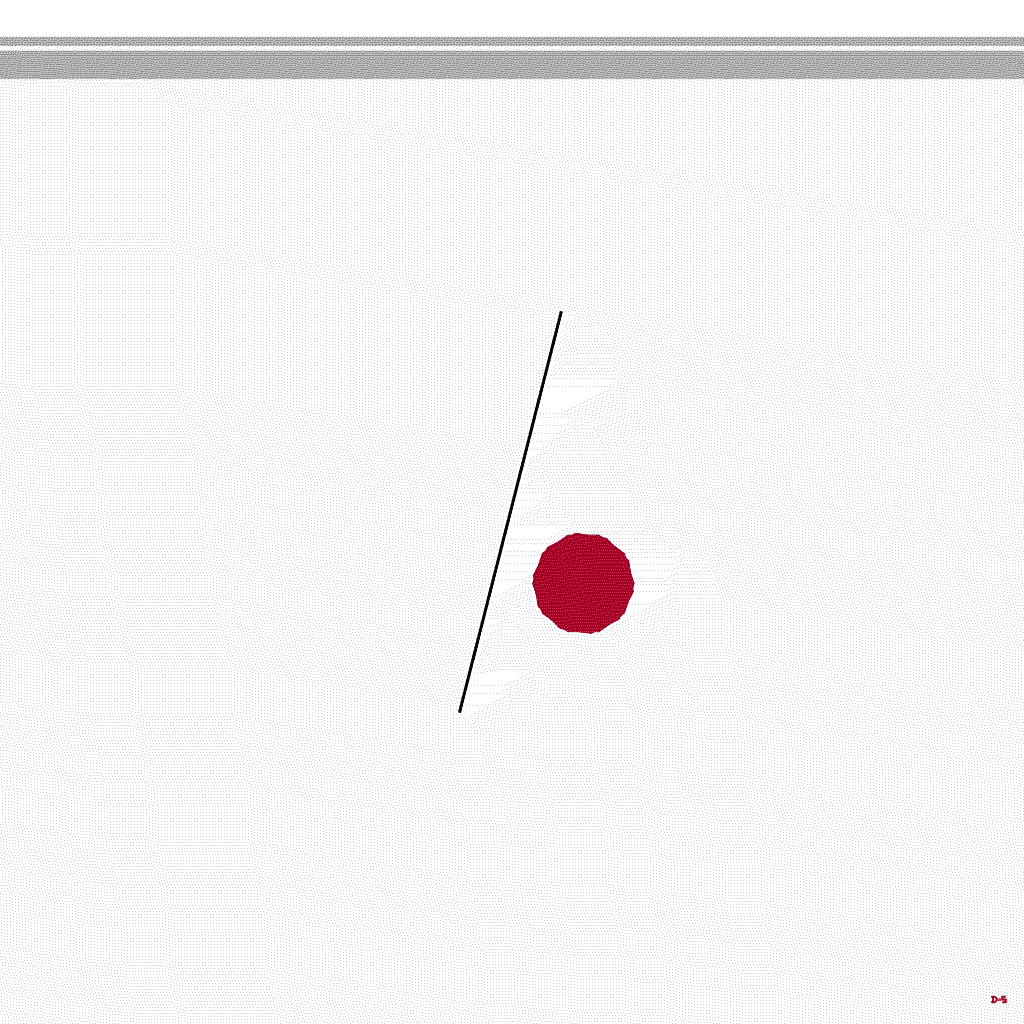
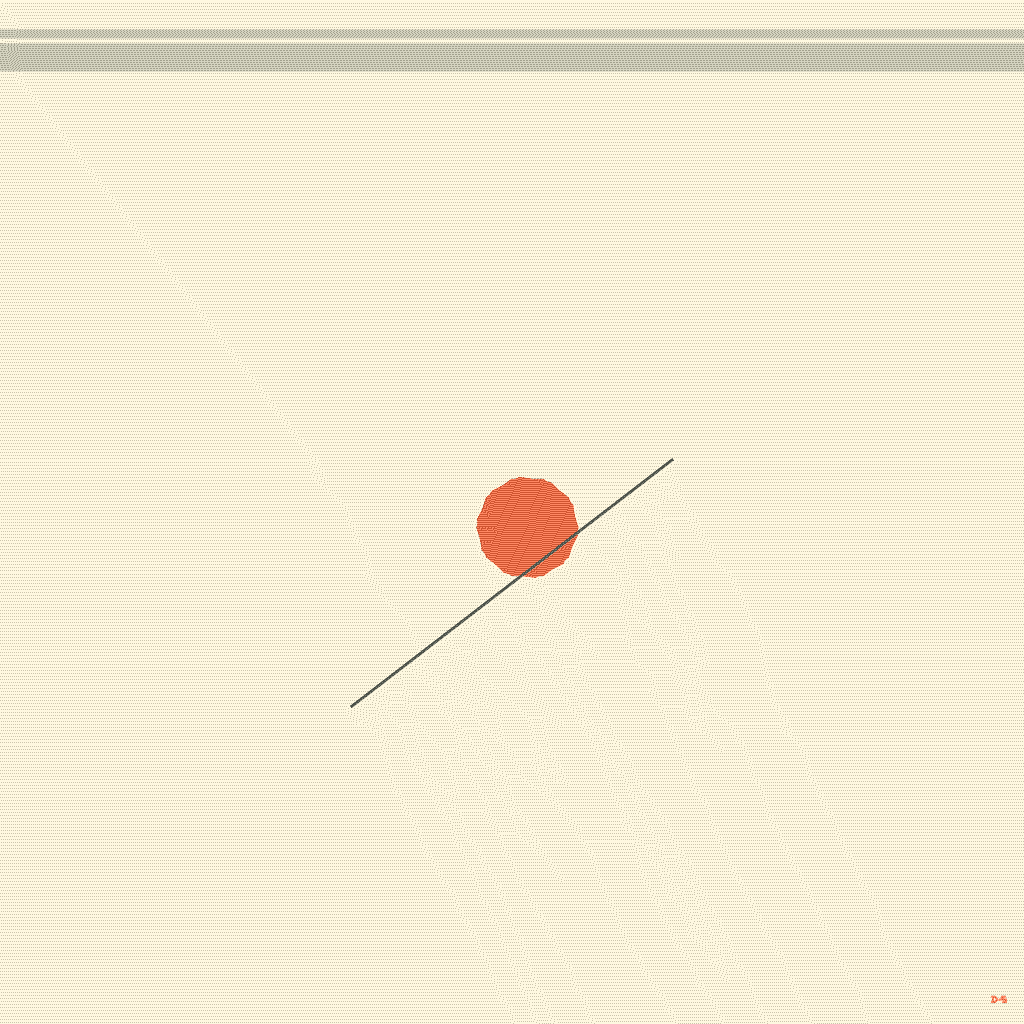
The “Rouge” dot is also echoed by the “Rouge” triangle included in the main structure, symbolising his forbidden romantic passions which are sometimes fulfilled by merging together.
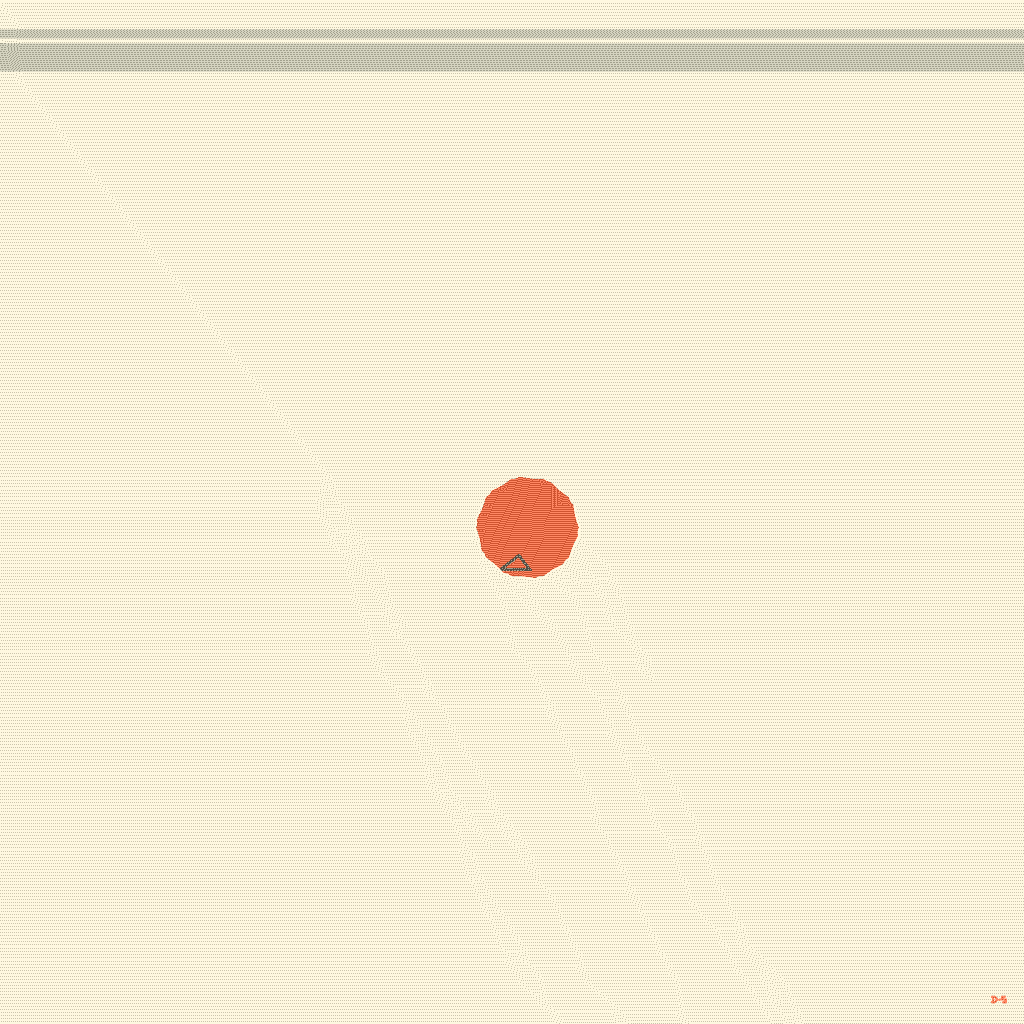

Aesthetic
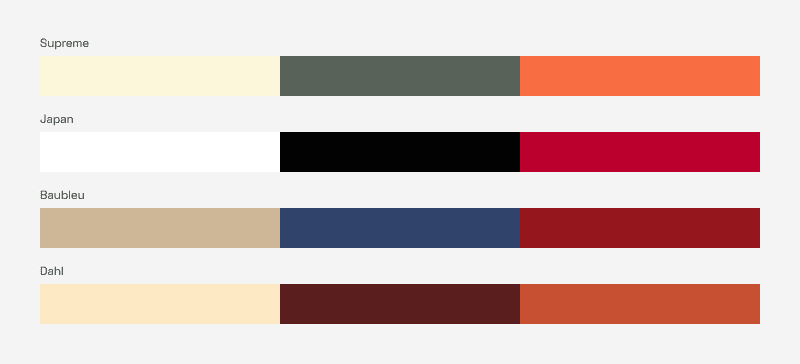
Palettes are once again hand crafted:
- Japan: showing the not so distant connection from the japanese Nisshōki to “Le Rouge et le Noir”
- Baubleu & Supreme: colors I associate prominently to two art movements and hinting at old books pages
- Dahl: I couldn’t resist reusing my Spices palette from Window, with such a fitting name
More about “Window”'s palettes.
Continuing on my exploration of dithering algorithms, I settled down on an implementation and a mixing amount that could make me feel the grain of the paper with my eyes.
